I feel the Triumph line of Modern Classics is strangely aware of itself. Like actor Jason Statham is aware of himself. You know him; the bald, British actor from such films as “The Expendables,” “The Transporter,” "Crank," and my personal favorite “Snatch.”
He knows who he is; he’s Jason Statham, and he plays himself in every movie. 'Cause that’s what the audience wants.
The Triumph Street Twin and Street Scrambler play themselves. 'Cause that’s what the person who buys one of these motorcycles wants. A bare-bones, customizable, classic, British motorcycle. The Street Twin is Triumph's best selling motorcycle in the Modern Classics line. So, when I finally swung my leg over the short Street Twin, my first thought was “Fish and chips. This thing's British.”
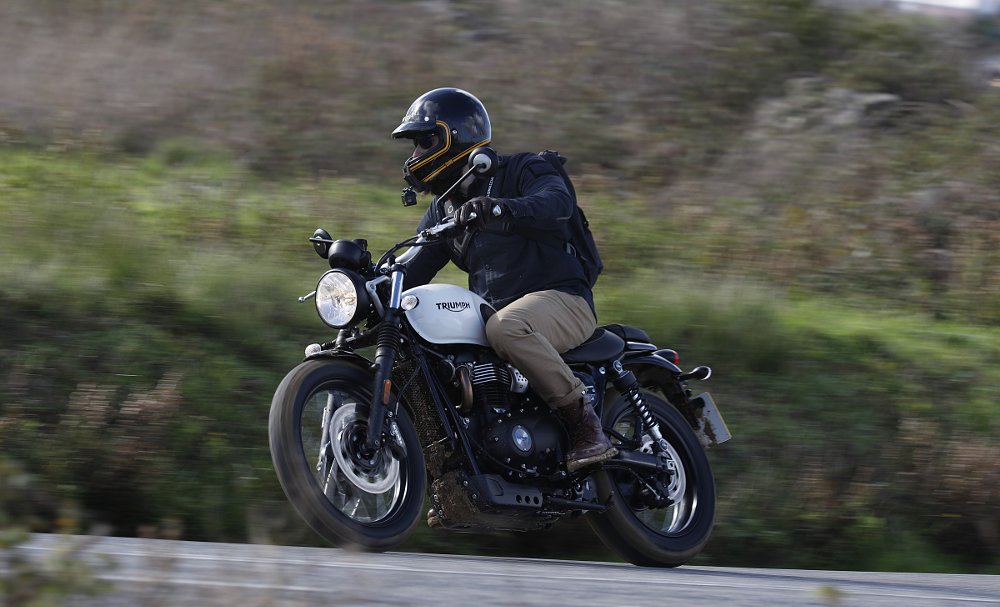
Upgrades for the 2019 Street Twin and Street Scrambler
Are the 2019 Street Twins and Street Scramblers updates, all-new, or next-generation versions of themselves? For me, if a motorcycle has the old engine cases and the frame is primarily unchanged, it’s not "new" and Triumph never pushed “new” or “completely redesigned” on us at the press launch, but I can easily agree with the “next generation” wording they used throughout the intro.
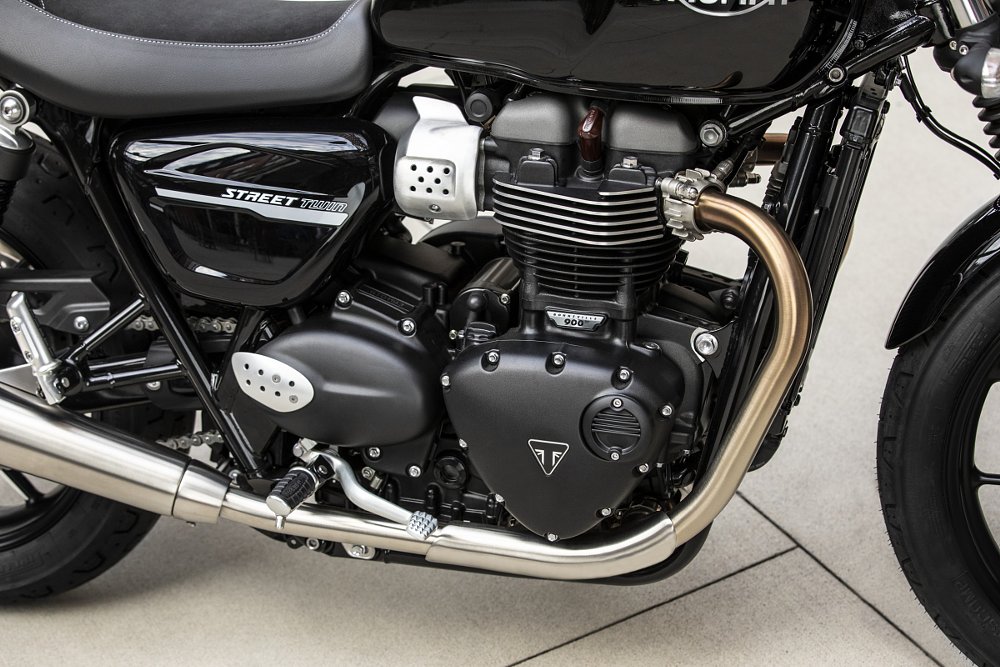
“High Torque.” That’s what “HT” stands for on the side of the 2019 engine block right behind the number 900 that indicates its displacement of 900 cc. For 2019, the 900HT gained 10 horsepower and an extra 500 rpm (7,500 rpm is the new max engine speed) before the rev limiter shuts down the party. The added power was one of the most significant updates to the Street Twin and Street Scrambler and the most discussed change in the comments section of Spurgeon's announcement write-up on Common Tread. We'll get into the concerns the readers had in a moment.
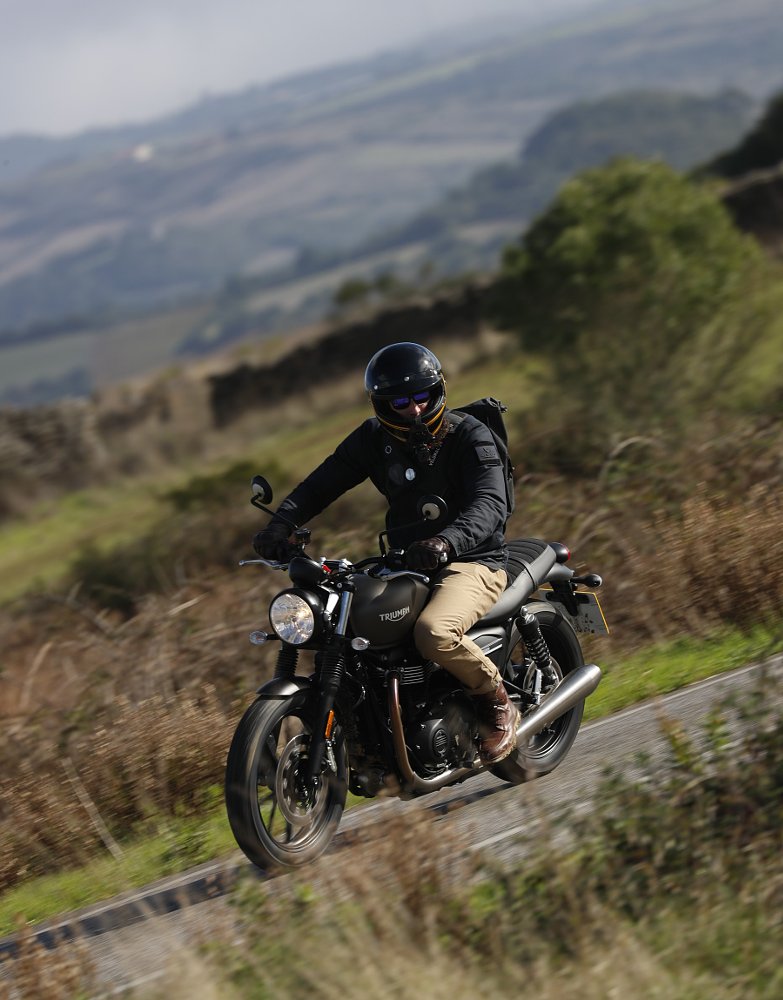
"Nope, we just shaved a bunch of mass off the crankshaft, counterbalancers, and dead shafts," the Triumph spokesperson said proudly. It took time to develop and engineer, but it was just weight reduction. Then they worked out some details with the engine mapping and easy peasy, lemon squeezy, 10 horsepower!
But is the juice worth the squeeze? In the comments section of Dunbar's above-mentioned article, the "regulars" (you know who are) chimed in, and it seems they all wanted the 900 cc Street Bonnevilles to have less power. To be clear, the discussion went really far into what should be considered an entry-level motorcycle and whether the 2019 version crossed that line.
The "line" on the dyno chart

The old motor that once fell short at the end of the rev range and left people wanting for just a bit more on the highway is dead, but the easy to use, always forgiving, unintimidating motor lives on. Furthering the engine’s user friendliness, I could feel the ride-by-wire system smoothing my on-off throttle inputs and even easing the delivery of ham-fisted, full-throttle inputs. I never thought that the throttle-by-wire system was intrusive or "delayed," but it's worth noting because it makes these motorcycles easier and safer to use.
Could you get yourself in trouble on the updated 900? Sure, but no more than you could on the old one. The additional power and broader torque range of the motor are welcome additions to the Street Bonneville lineup for riders at any skill level.
“Rain” and “Road” modes come on both bikes. The modes influence power delivery, ABS and traction control intervention. Rain mode doesn't cut peak power, it just smooths or soothes throttle response and adjusts rider aid intervention to anticipate low-traction situations.
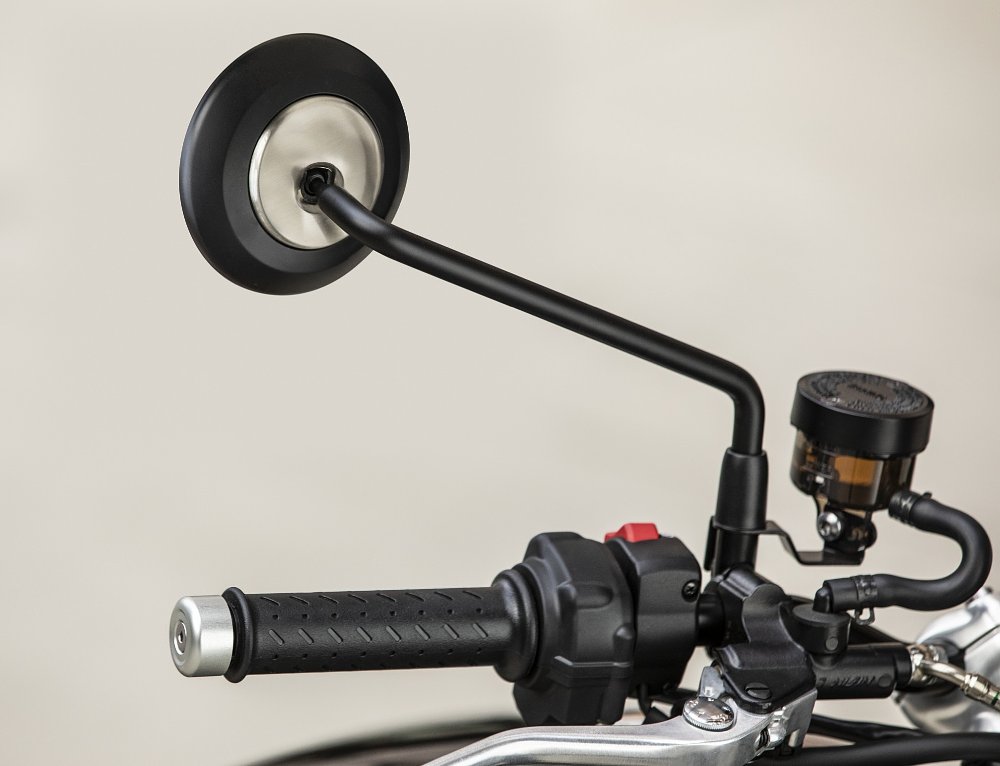
The Street Scrambler also comes with an off-road mode. It doesn't dull the throttle response or cut power, but it turns off the traction control and shuts down the ABS at not only the rear wheel but also the front! Being able to shut off the ABS completely has become extremely rare on motorcycles in the past three years. Most still leave on the front ABS. Purists will say "Good, I don't want rider aids," and that's fine, but I speculate that it's just easier to shut off the ABS rather than develop a program that will monitor front wheel speeds and calculate anti-lockup scenarios without the added feature of a lean angle sensor or IMU (inertial measurement unit).
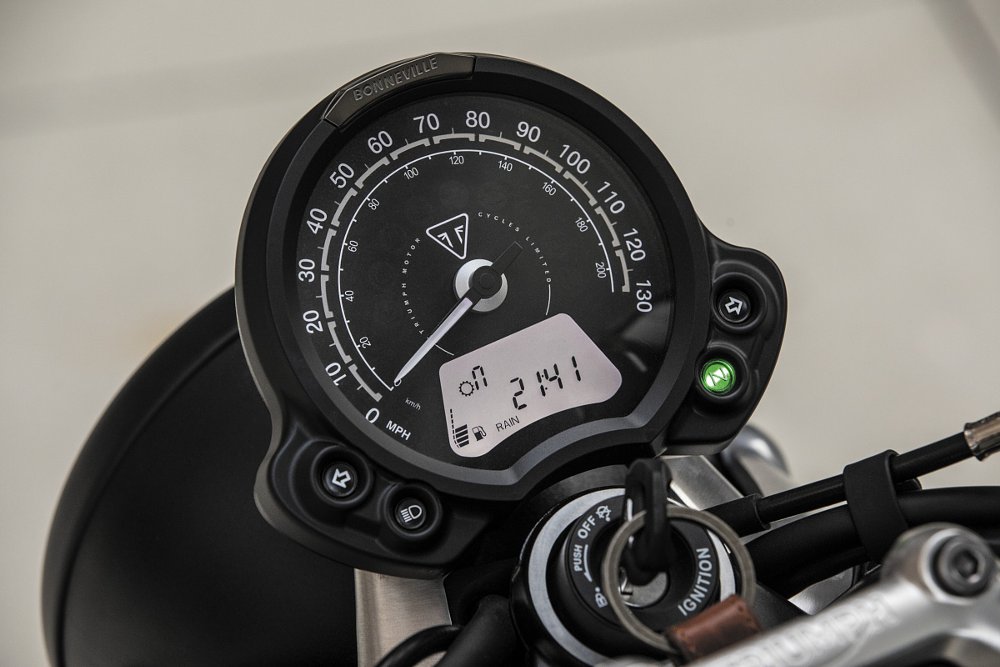
Accessing the information menu in the new speedo with its raised-brushed-metal-numbers on its flat-black face you can also shut off the traction control on both models, but only at a standstill. It also resets to "on" every time you rekey the ignition, which is obnoxious. Other information you can access while on the move is the odometer's mileage, trip A or B mileage, miles till empty and even a little readout of your "approximate" engine speed with a tachometer option. It reads like an LCD calculator (it's the LCD odometer display) and isn't very responsive. Many people asked, "Why doesn't it have a real tachometer?" The answer comes down to a style choice that Triumph made for us in favor of a "simpler design." I do find the stock speedo to be very pretty, though.
The Street Twin and Street Scrambler are basically the same motorcycle with some cosmetic changes and different wheels, right? Not a chance. They're drastically different to ride, and it starts with the handlebars and goes from there.
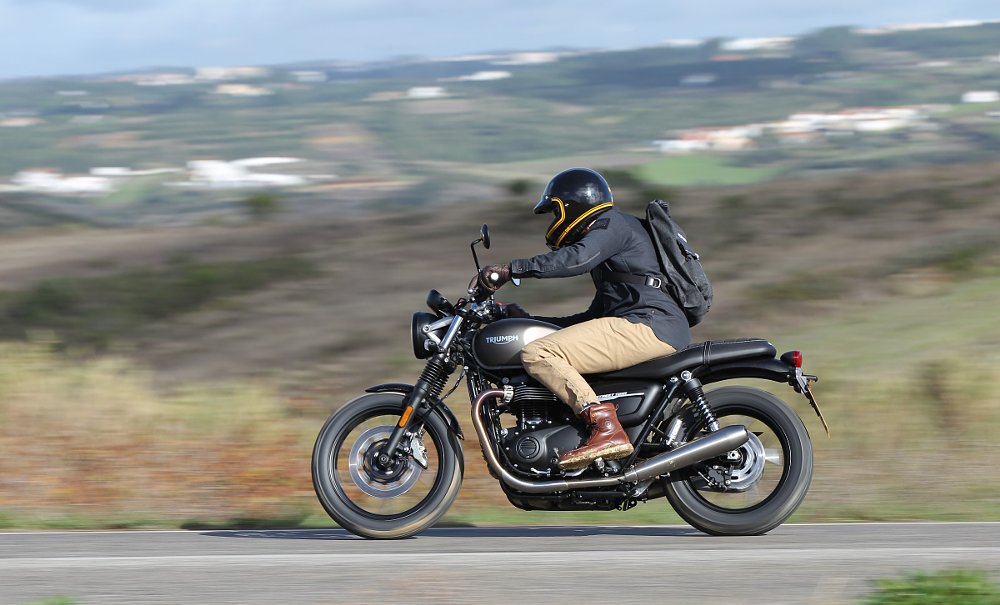
The Street Twin
The Street Twin has a classic vintage bend on narrow bars. Once you start to ride the Street Twin aggressively, you can imagine yourself on the cover of Cafe Racer Magazine, leaning forward urging the bike to go faster and faster on country roads in a 3/4 helmet and aviator goggles. The Street Twin also has a lower frame where the seat attaches and meets the gas tank (and non-removable footpegs), which gives your knees more of a bend. It feels like a standard, British motorcycle should... British.
Nothing special, but something special about it. With an 18-inch front and 17-inch rear cast wheel setup, the Street Twin just goes like a standard should. It has good lean-in manners and feels like the purest form of motorcycling. No screen to get in the way of the wind. The five-speed gearbox has all the gears you'll ever need (even at 85 mph). There’s no tachometer to keep track of; just rider and motorcycle floating through the countryside.
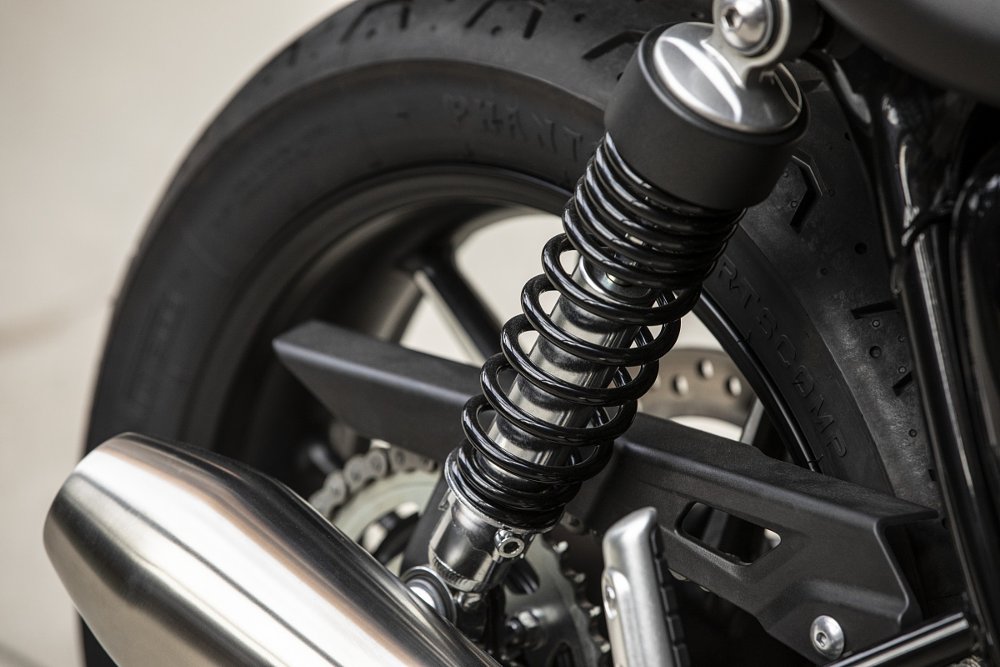
The upgraded front suspension with new KYB cartridge fork is a welcome upgrade for both versions in 2019 and shouldn't feel like the weak link, should you choose to upgrade the rear shocks. According to Triumph, upgrading the rear shocks is one of the most popular chassis improvements for Street Twins and Street Scramblers. Improving the forks preemptively will keep owners from becoming frustrated if they make rear suspension upgrades. Triumph built the Street Twin to be "For The Ride" (their motto), and it shows. This is a bike for someone who wants to go for a ride.
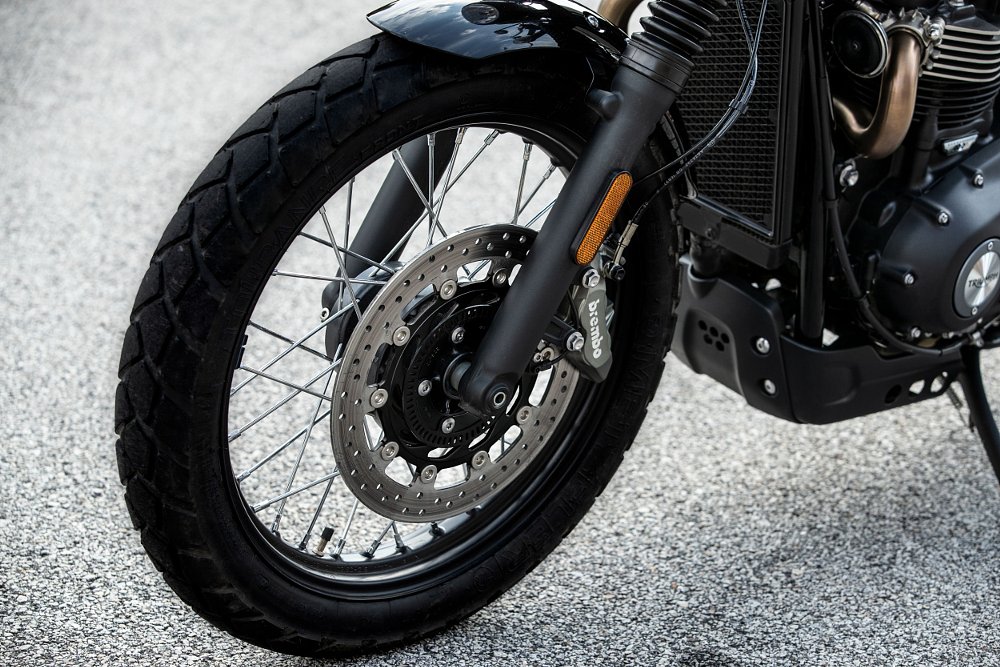
The Street Scrambler
The Street Scrambler has a higher seat because the frame line from the gas tank to the taillight needs to be flatter to have the right "scrambler look" and the wider, straighter handlebar feels more off-road than cafe racer. With the mandatory high fender beak and high pipe in place, it looks the part. Where the Street Scrambler feels the part is in the 19/17 spoked wheel setup and more supple suspension. Even with the same 120 mm of travel front and back as the Street Twin, the Street Scrambler is much happier on rougher roads. It feels like it's living in its happy place whereas the Street Twin tends to "pack out" the suspension during aggressive riding under my 210-pound frame.
The Scrambler has a more neutral steering feel than the Street. Some may ride them back to back and call it "lazy" or "slow," but going back and forth between the two bikes over half a dozen times in one day, I felt the Scrambler suited my riding style more, as I tend to lean the bike under my body in a flat track or supermotard riding style. The Street wants you to lean in with it like a cafe racer should.
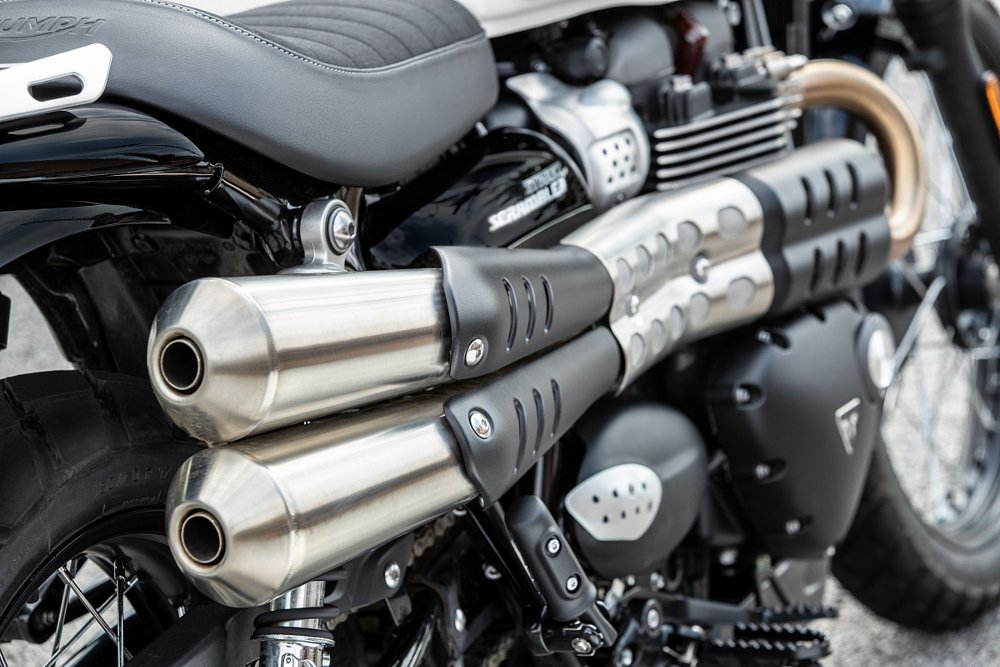
Just because it's a scrambler doesn't mean it wants to be ridden off-road. Is it better off-road than the Street Twin? Yeah, you bet it is… but is it really going to compete with modern ADV bikes? No way. The Scrambler wants to be a motorcycle. Just a standard motorcycle you can ride on any legal (and maybe not registered) road surface you can find, with the riding position and styling cues you want from a scrambler and the freedom you can only get from two wheel and an upright riding position.
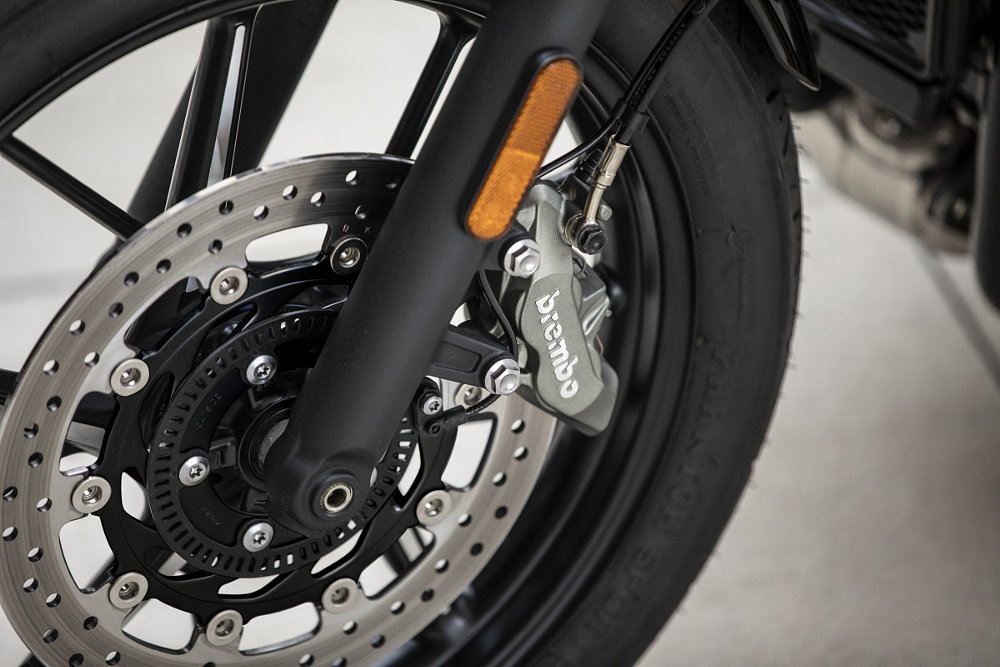
How are the upgraded front Brembo four-pot calipers, you ask? They are great! Still a single disc up front but most likely all anyone will ever need. The initial bite is fantastic and I never once had a hint of fade when we were riding at a spirited pace that matched the rest of the bike's performance. The only complaint is that they squeaked, and not just on one test bike. Every single Street Twin and Street Scrambler on site had a squeaky front brake. They all had the same amount of squeak, and it wasn't loud or obnoxious either. It just added to the British-ness of these bikes. I suspect at a little Stop Squeak on the back of the pads might be the solution for this, but it's worth noting, and maybe something Triumph can "fix" with a rolling change down the line.
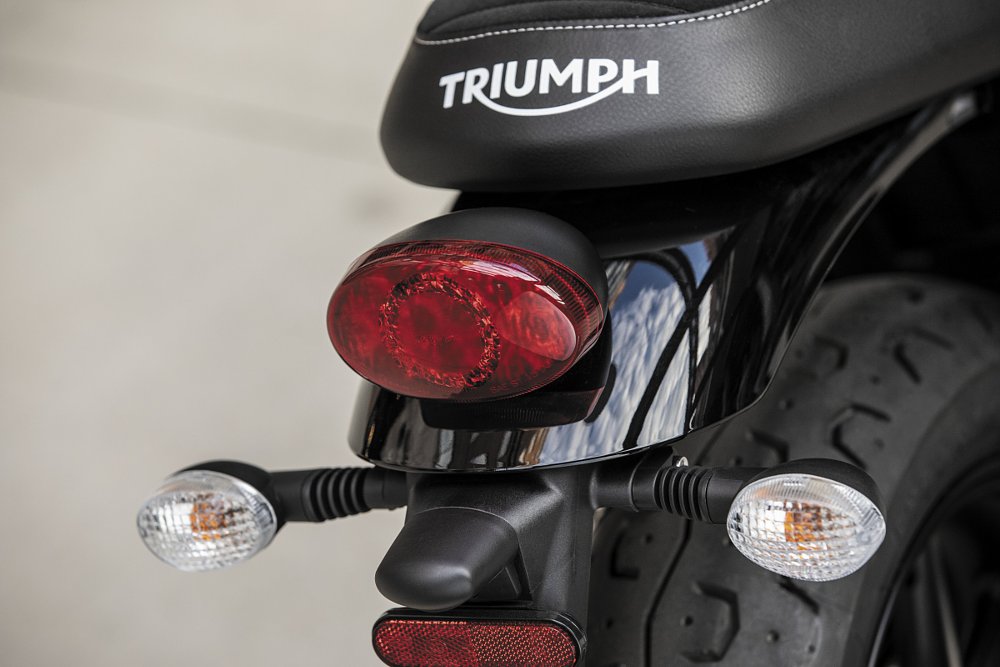
Both bikes get quite a few styling upgrades for 2019 including new seats and gauges. The rear taillight gets LEDs, and the handlebars get attractive brushed and black anodized metal mirrors that do a decent job of showing objects behind me and not just my shoulders. Smaller turn signals and detailed engine case finishes round out the visual upgrades. These are the most common changes customers made on their own Modern Classics so Triumph just went ahead and did some of them for you. You can still swap out any of these items for something more in line with your taste, or you can customize your Triumph in other ways, without spending money on turn signals.
There is a slight difference in "observed performance" when comparing the Street Twin to the Scrambler Twin and that actually has to do with the throttle response of the ride-by-wire system. While identical on the dyno, the throttle map on the Street Twin is significantly "quicker" than the map on the Scrambler. While this should have no effect on actual performance numbers, the Street feels a bit quicker when you "give it the beans."
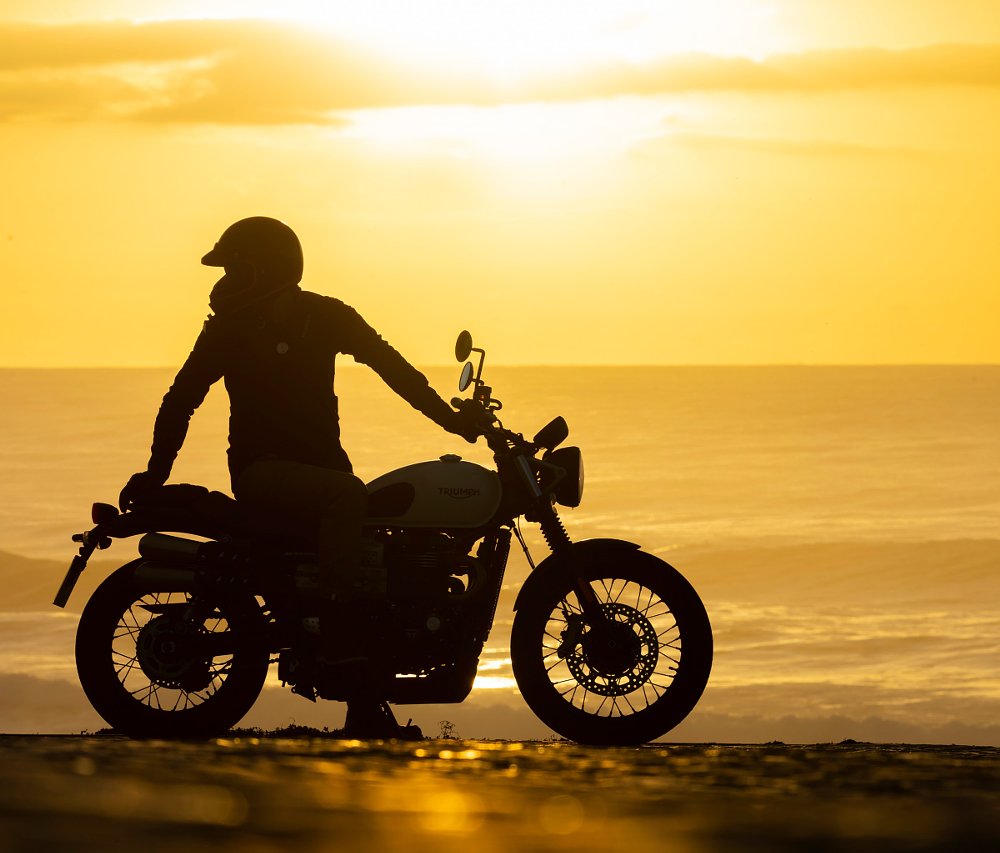
Which one is right for you?
Well, let's start off by noting that the 2019 models are only going to be $200 more expensive than the 2018s. So the 2019 Street Twin will be $9,300, and the 2019 Street Scrambler will list for $11,000 in the base colors. You can't buy 10 horsepower for 200 bucks. You can't get the new self-assist clutch for 200 bills. You can't get the Brembo four-pot calipers for 200 smackers. So right off the bat, unless you're going to get an absolute killer deal on a 2018, the 2019s are the way to go, and I applaud Triumph for the minimal markup in price while adding so much value.
The Street Twin is just what it says it is. A simple, classically styled, British motorcycle with fuel injection, modern brakes, and decent suspension. It will make a great city commuter or back road weekend cruiser. Some people just want a fashion accessory that makes them feel a certain way, and I think that's just fine because this bike isn't pretending to be anything it's not.
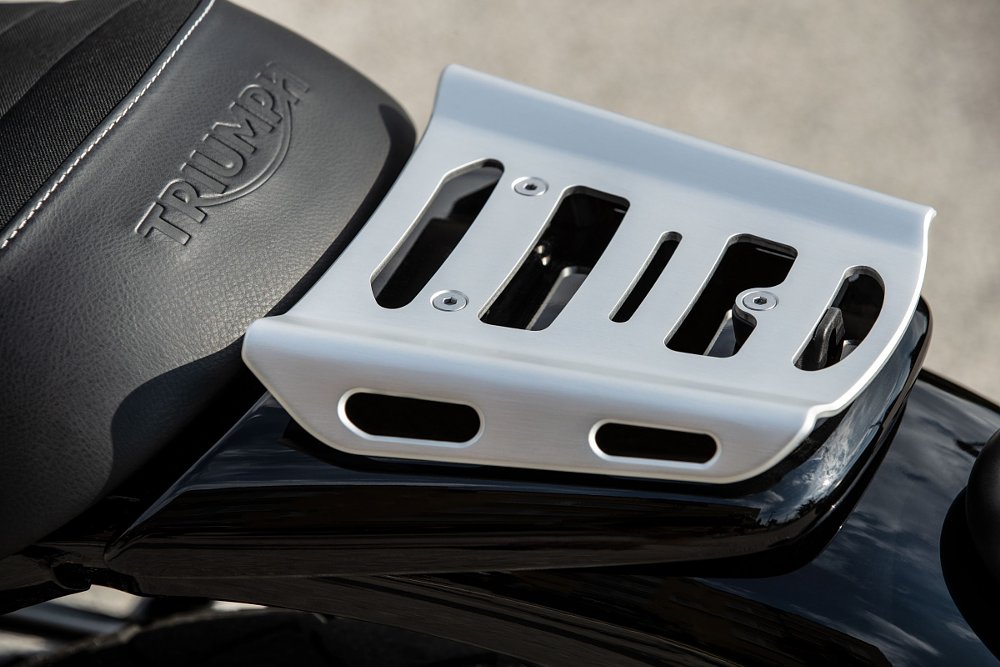
If you want the Scrambler Twin, I would not recommend trying to save $1,700 and then trying to build one out of a Street Twin. You'll wrap up quite a bit of money in the wheels right away. The suspension is different, and the front fork legs are set further apart with different fork clamps. Not to mention the top frame rail is different and the rear pegs are removable (still welded-on on the Tiger 800s though). If you're going to go the full monty on a build, then maybe saving some coin makes sense, but not for the average person who wants a scrambler-style bike.
What about the competition? I ride a bunch of bikes every year, and I let a bunch of friends ride my bikes, and we discuss extensively which one is better or worse and which one you should buy over the other, but I'm not going to go down that road with the Street Bonnevilles. You don't buy a Street Twin or Street Scrambler because it makes five more horsepower than a different bike, from a different manufacturer. You buy one of these bikes because you like the way they look, and you like the way they feel.
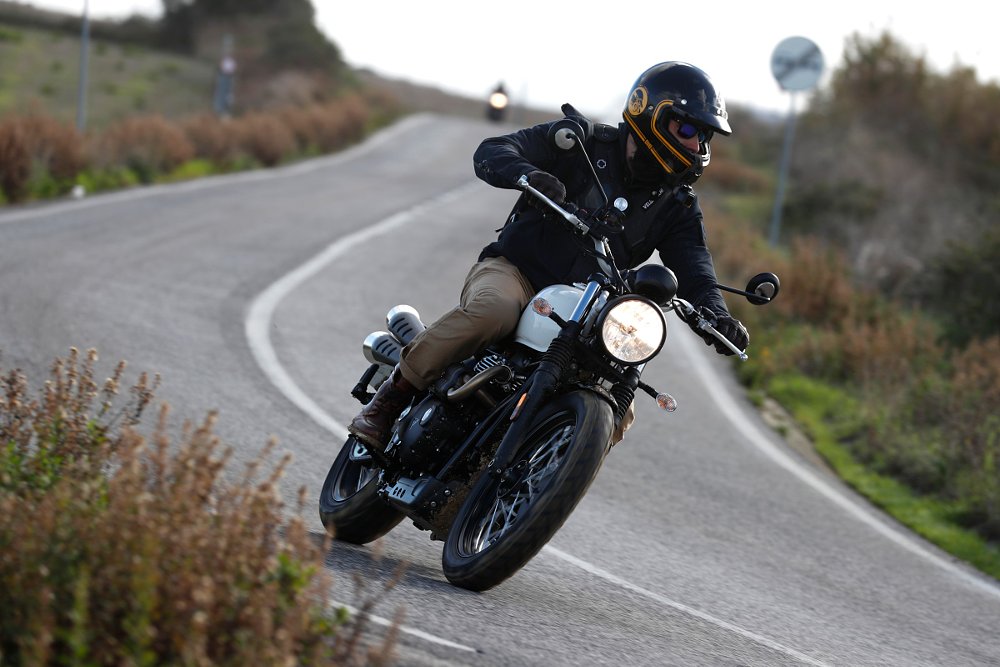
For instance, the other motorcycles I think of when someone says "modern classics" are the Italians, then the American offerings, and then maybe a Japanese option or two. But should we be comparing them? Fish and chips versus spaghetti and meatballs. Mushy peas versus Angus steak. Savory pie versus sushi. They’re all food, but it’s not about which one’s better than the other. It’s about which you like. Same for these motorcycles.
The Street Twin and Street Scrambler know who they are, they're self-aware and instead of pretending to be something they aren't, they play the parts they were made for; Fish and chips.
| 2019 Triumph Street Twin | 2019 Triumph Street Scrambler | |
|---|---|---|
| Price (MSRP) | $9,300 | $11,000 |
| Engine Type | Liquid-cooled, SOHC, 270-degree parallel twin, four valves per cylinder | |
| Displacement | 900 cc | |
| Bore x stroke | 84.6 mm x 80 mm | |
| Compression ratio | 11:1 | |
| Power | 65 horsepower @ 7,500 rpm | |
| Torque | 59 foot/pounds @ 3,200 rpm | |
| Transmission | Five gears, chain final drive | |
| Front Suspension | KYB 41 mm cartridge fork, 4.72 inches travel | |
| Rear Suspension | KYB twin shocks, adjustable for preload, 4.72 inches travel | |
| Front Brake | Single 310 mm disc, Brembo four-piston caliper, ABS | |
| Rear Brake | Single 255 mm disc, Nissin two-piston caliper, ABS | |
| Tires front/rear | 100/90-18; 150/70R17 | 100/90-19; 150/70R17 |
| Rake/trail | 25.1 degrees/4.0 inches | 25.6 degrees/4.3 inches |
| Wheelbase | 55.7 inches | 56.9 inches |
| Seat height | 29.9 inches | 31.1 inches |
| Tank capacity | 3.2 gallons | |
| Dry weight | 437 pounds | 448 pounds |



















